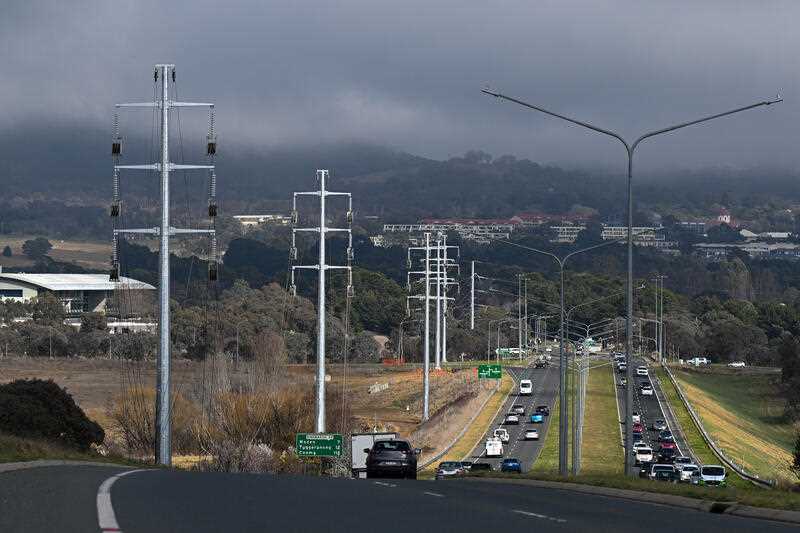Consumers are struggling with unaffordable power bills despite fewer energy shocks so far this year, the energy regulator says.
The latest State of the energy market report released on Thursday shows volatility has eased after the turbulent events of 2022 that sparked government market intervention to keep the lights on.
However, more than half (52 per cent) of households are more concerned about paying their energy bills than a year ago and the number of customers in energy debt has risen.
Australian Energy Regulator (AER) chair Clare Savage said it was vital to find ways for all customers to share the benefits of cheaper new energy resources such as rooftop solar or small-scale batteries.
“This will require effective whole-of-system integration, which would avoid more costly alternatives of additional grid and generation investment,” she said.
The report expects pressure to remain while the cost of living rapidly increases and customers adjust to new prices as temporary bill relief from governments ends.
Low-income consumers are bearing a higher cost burden for energy than other consumers because they have less income available to pay for energy costs.
For low-income earners, electricity bills as a proportion of income are at least double those of average-income earners, the report said.
Electricity bills rose between nine per cent and 20 per cent for all households covered by the National Electricity Market (NEM) in 2022/23, adding to cost of living pressures.
But the “greatest challenge” is the timely and least-cost delivery of big transmission projects that have been progressing more slowly than planned.
“These projects face challenges including escalating costs, slower than planned progress and the need to address the concerns of the communities that host them,” Ms Savage said.
The report also points to the co-ordination challenges of trying to build new generation assets and bring them online before ageing and increasingly unreliable coal-fired power plants retire.
“While the pipeline for new investment appears healthy, not enough of that pipeline is committed,” Ms Savage said.
The impact of renewable generation and household solar continued to grow, more than doubling in the past five years, with rooftop solar output accounting for nine per cent of total generation in 2022.
The Australian Energy Market Operator (AEMO) forecasts residential rooftop solar capacity to supply up to 80 per cent of underlying customer demand in mainland NEM regions by 2025.
But if no action is taken to actively manage these resources, AEMO will struggle to deliver adequate system strength, inertia, voltage management and frequency control with the present operational tools, the report warns.
Gas generation is expected to remain an important source in the short term but longer-term domestic and industrial requirements are changing.
Governments across Australia are examining the future role of gas in a low-emissions energy supply chain, with some promoting electrification to get customers off gas.
An AusNet trial will look at how vulnerable households, including those with a disability or on a low income, can benefit from getting rooftop solar and having gas appliances replaced with electric alternatives.
Victorian government modelling suggests converting to all-electric from a “dual fuel” home can save $1250 per year.
By Marion Rae in Canberra
Get local, national and world news, plus sport, entertainment, lifestyle, competitions and more delivered straight to your inbox with the Canberra Daily newsletter. Sign up here.



